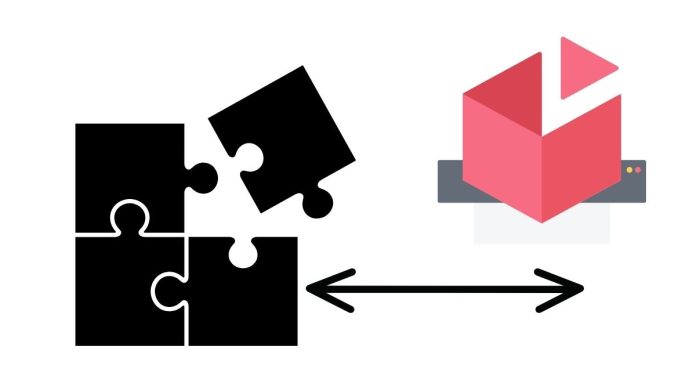Two’s complement is a method for representing signed integers in binary. It allows both positive and negative numbers to be represented using the same binary format, and it’s widely used in computer systems.
Here’s how it works:
1. Positive Numbers:
In two’s complement, positive numbers are represented just like in regular binary. For example:
- +5 in an 8-bit system:
00000101
2. Negative Numbers:
To represent negative numbers, you follow a process:
- Find the binary representation of the absolute value of the number.
- Invert all the bits (1s become 0s and 0s become 1s).
- Add 1 to the result.
For example, let’s represent -5 in an 8-bit system:
- Step 1: Start with the binary representation of +5:
00000101 - Step 2: Invert the bits:
11111010 - Step 3: Add 1:
11111010 + 1 = 11111011
So, in two’s complement, -5 is represented as 11111011.
3. Overflow:
When you add two numbers together, the result may “overflow” if the result doesn’t fit within the fixed bit length (e.g., 8 bits). In that case, the overflow bit is discarded.
4. Range of Values:
For an n-bit system, the range of numbers that can be represented is from -2^(n-1) to +2^(n-1) – 1.
For example, in an 8-bit system:
- The range of values is from -128 to +127.
5. Why Two’s Complement?
One of the main benefits of using two’s complement is that addition and subtraction can be performed the same way for both positive and negative numbers, which simplifies hardware design. The system also avoids the ambiguity that comes with representations like sign-magnitude, where there would be two ways to represent zero (+0 and -0).
Let me know if you’d like a specific example or if something’s unclear!


